

we all temples always carry both divine and beauty together, nothing simple, it's always an amazing spiritual experience when you travel to India, have you ever wondered temples that made exclusively by hand or advanced construction techniques at this time, seem mysterious to you on the right Let's take a look at the most unlikely mysterious temple buildings
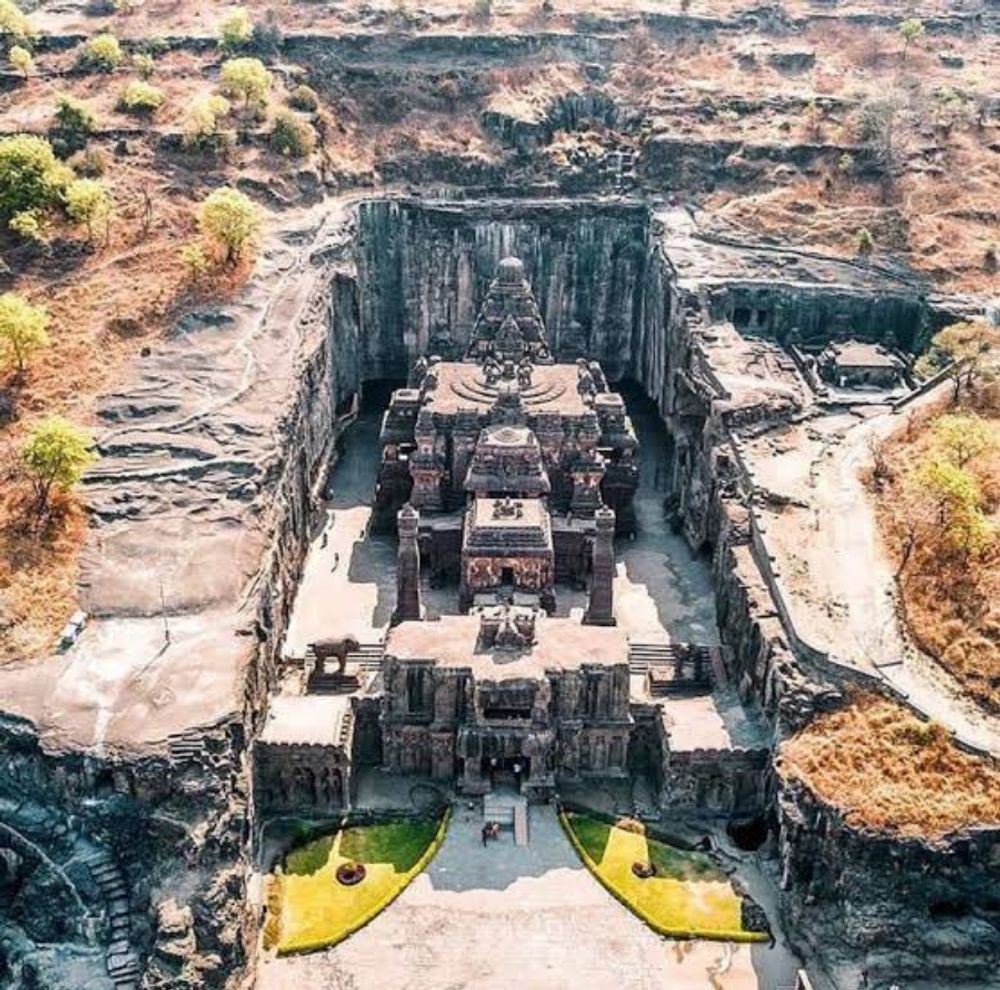
The Kailasa Temple is the largest rock-cut Hindu temple in the 16th century Ellora Caves. This temple will give you a reason to increase your knowledge of Indian mythology as never before. The structure of the Kailash temple is a monolith, which means that this cave temple is built on a single rock. Inside the Kailasa Cave Temple, the rendering of Ramayana is engraved in it. This three story high temple structure has intricate carvings, these caught the attention of Brutal Mughal King Aurangzeb and later ordered to destroy the caves but nothing happened to Kailasa Cave Temple. An archaeologist estimates that there are 30 million Sanskrit carvings yet to be decoded to understand their significance. Nowadays, no one has such exquisite craftsmanship, so many believe that this is a mysterious temple in India.
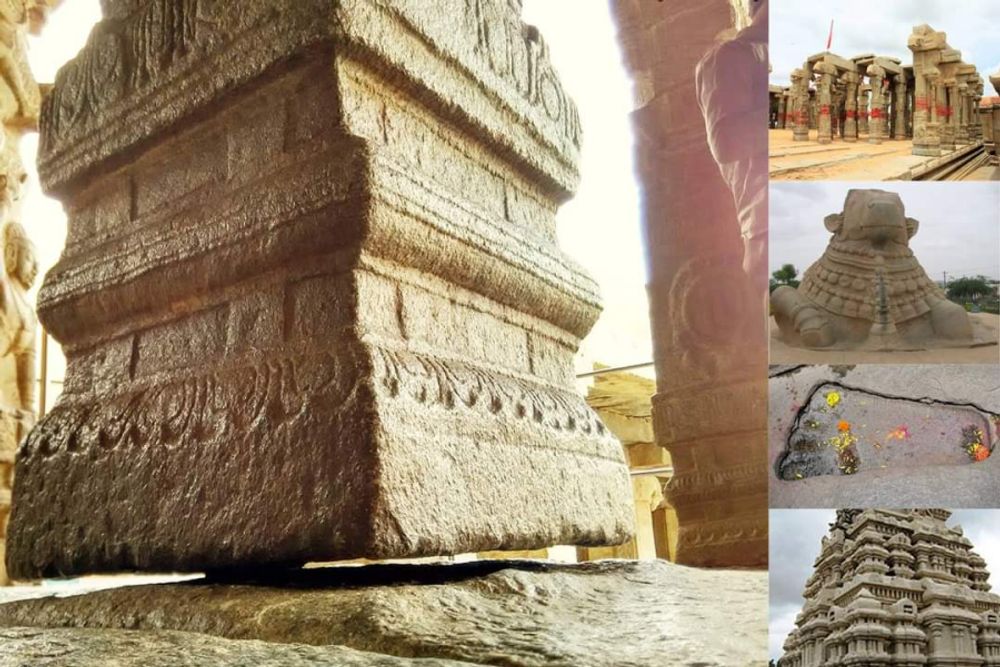
Veerabhadra Temple in the Lepakshi district of Andra Pradesh, famous for one of the 70 hanging pillars, is a mystical temple in India. It has a history dating back to the 16th century and the architecture shows the Vijayanagari style. Many tourists find it interesting due to its single pillar hanging from the roof and thus Veerabhadra Temple has become a famous temple not only in Andhra Pradesh but throughout the country. You can also place a cloth under a recognizable spot to test the magic difference between the pillar and the ground. As you enter the temple premises, prepare to be amazed at the ancient engineering and cultural marvels. You will see different Gods and Goddesses carved on the walls of the temple, including the pillars. Be sure to witness the roof painting to marvel at ancient Indian culture and traditions.
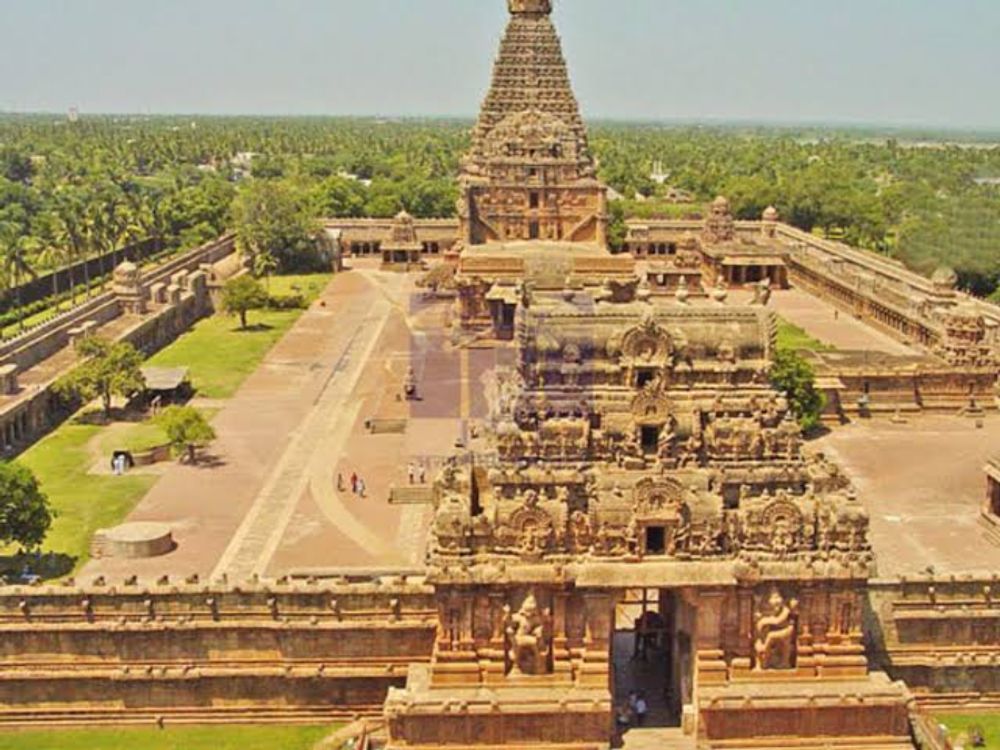
Brihadeeswarar Temple, also called Rajarajesvaram or Peruvudaiyār Kōvil, is a Hindu temple located on the South Bank of the Kaveri river in Thanjavur, Tamil Nadu, India. The temple is dedicated to Lord Shiva. The Brihadeeswarar Temple is one of the largest temples in South India with a well-known model of Dravidian architecture.
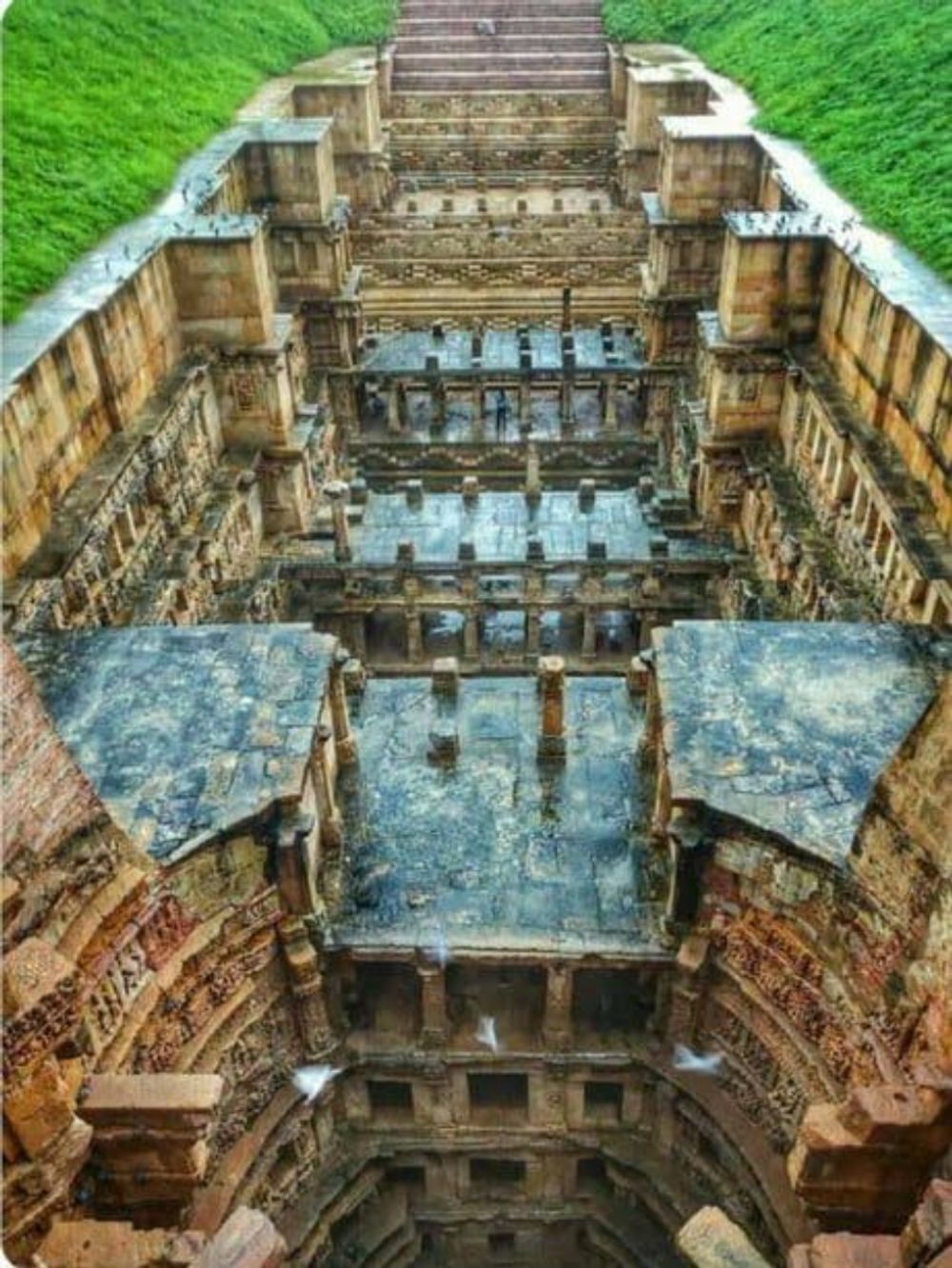
What is queen architecture A step further, Rani Ki Vav is an ode to architecture, a stone poem, a piece of decorative beauty, with sculptures that speak to you from every panel and wall. Descending deep underground, the last of the seven levels merges with mother earth. I can see terraces or huts on each level supported by columns, it appears more than 220 of them and more than 500 statues adorn it.
Mysterious Things
The word "Konark" is a combination of two Sanskrit words kona (horn or horn) and arka (sun). Thus, it was implied that the main deity was the sun god. And the temple is built in angular form. It is a mystery how the Sun Temple was built, who the artisans were and how it was funded. Many veterans circled. During the 1960s, after extensive research, a palm leaf manuscript called ‘Baya Cakada’ written in Karani script in Old Oriya was collated in full set of 73 leaves. These are detailed histories of construction works and accounts written during the 12 years of construction (1246-1258).
It is designed as a massive chariot mounted on 12 pairs of intricately carved giant stone wheels which are pulled by a set of seven mighty stone horses. The temple is built with a good slope to the east so that the first rays of the sun illuminate the main entrance. This large door is adorned with two large stone lions standing on either side. Both of these lions appear to be trampling an elephant and a human underneath. The temple complex covers 26 acres of land.
So impossible mysteries
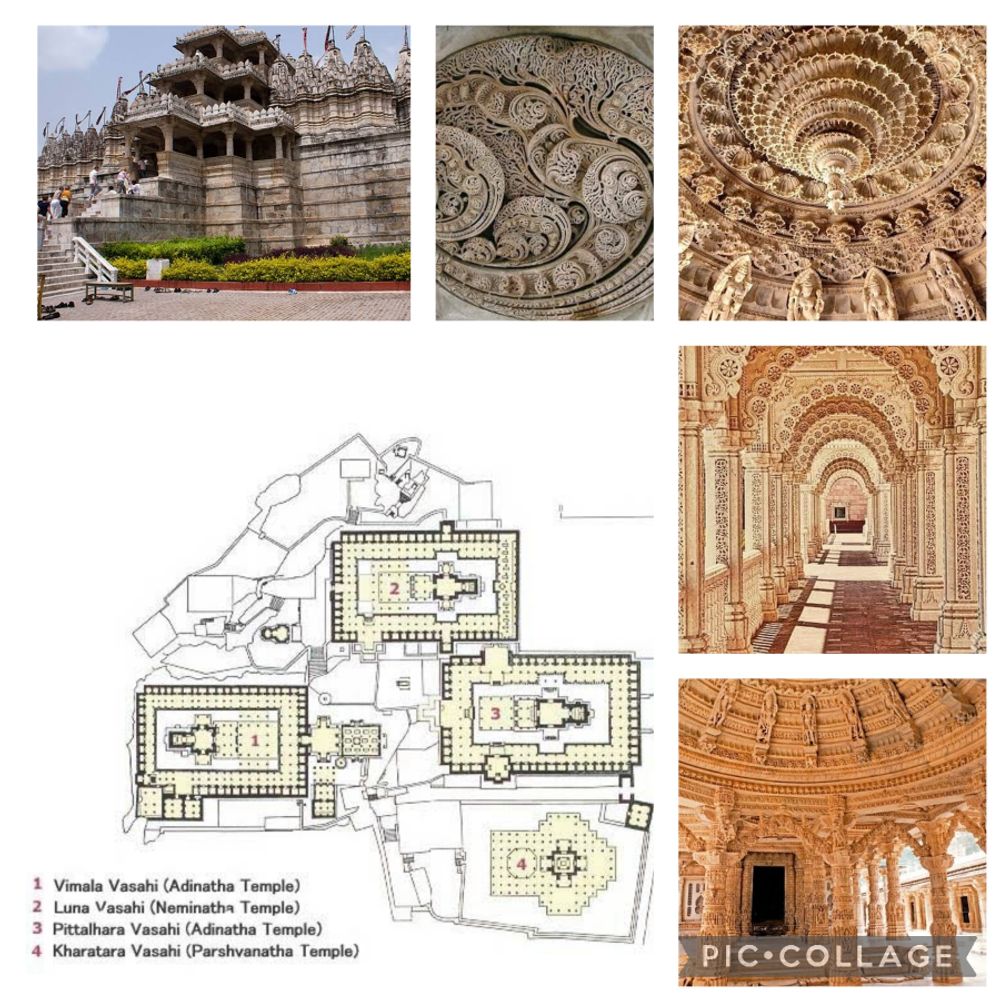
It was built between 11th-13th century. These intricate carvings on the ceilings and marble pillars are truly fascinating. Anyone who visits the temple experiences a sense of peace and a divine connection with a Higher Power (God). The temple displays many images from Jain and Hindu mythology. Lotus buds, flowers and abundant petals carved into the pillars and ceilings give a unique look to the temple. Not only that, carved courtyards, arches, doors are other unique features of the temple.
Mysterious Things
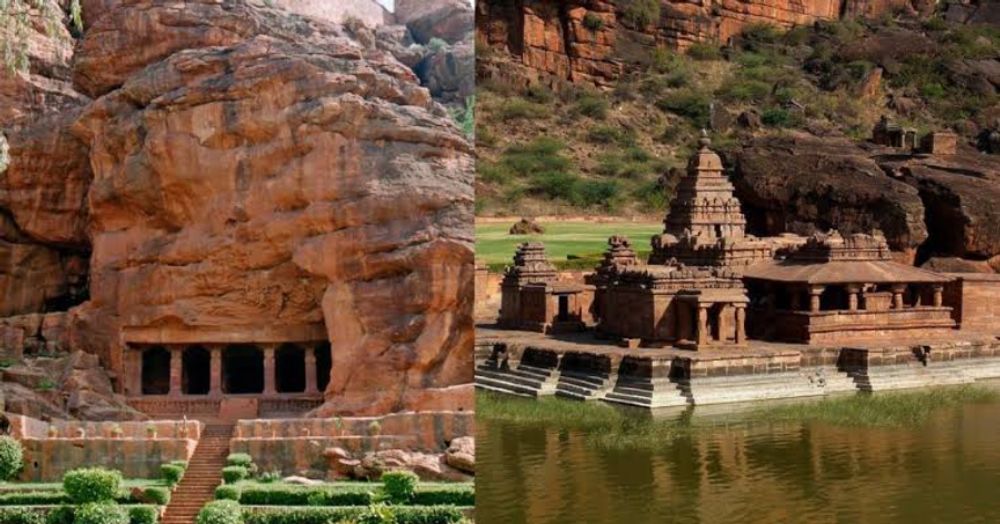
Badami Caves are a total of four caves, which are perfect illustration of the Indian rock cut architecture and the Badami Chalukya architecture. It is a UNESCO World Heritage Site and protected from all types of damage occuring. Some of its temples depict really great Hindu temples. Designs on these caves have transformed the Malaprabha River valley into a formation of temple architecture. The caves depict the original evidences of wall painting and Indian art. Architecture of these caves is inspired from the Nagara and Dravidian style.
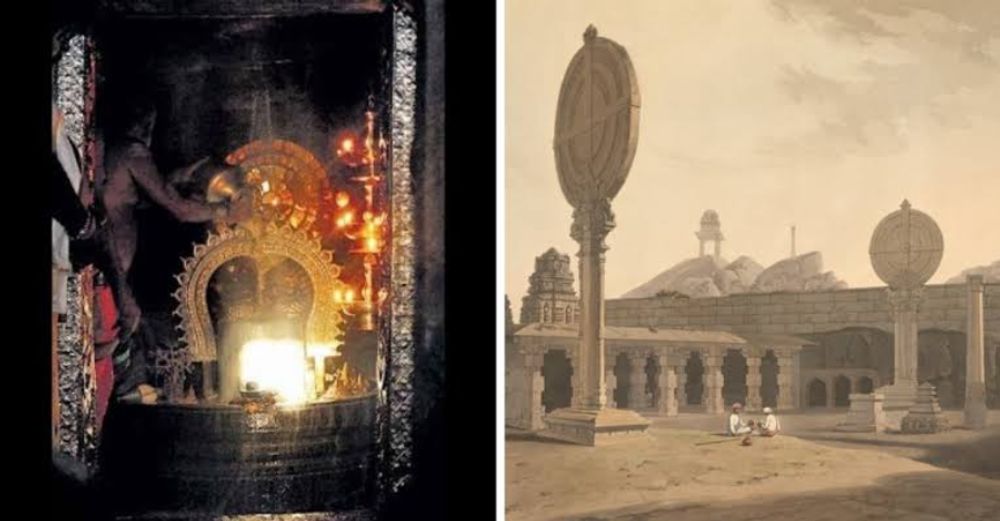
The Gavipuram cave temple is an architectural marvel in itself. The temple was cut out of a natural monolith. The inner sanctuary of the temple is located inside a cave carved into the rock. The main attraction of the temple is the granite pillars on the front porch of the temple. Two of the pillars support giant disks representing the sun and the moon. The other two pillars have a trishul (trishul) and a biceps drum (damru), representing the two important possessions of Lord Shiva.
The structure of the earlier temple was low and the sun illuminated the temple during the summer and winter solstice. Today the Sun shines Shivalinga twice a year - from 13 to 16 January and from 26 November to 2 December.
- But the main architectural significance associated with the temple is the creation of the cave temple and the placement of the stone discs in such a manner that they allow the sun to illuminate the Shivalinga for just one hour every year, Amazing to know about our ancestors to Sun dail timings accurately?.. sounds Mysterious.
Sounds vibing with the architecture more caves like elephant caves,Udhayagiri cave yet 25caves architectural temples in which carries Mysterious ancient sculptures and unsolved Mysteries bring throughout the exclusive architecture presenting the facts sounds astonishing, only question stands out here is it even possible in those days?..
I like to know views do like more mysterious article
Adios!
